Is Duolingo too easy for you? Wondering how to make Duolingo harder? There are tons of super-creative hacks that will up the difficulty level of the Duolingo lessons that you’re taking.
If you’re feeling like the normal Duolingo lessons aren’t enough of a challenge for you or if you have some previous experience with the language you are learning, then these tips are exactly what you need. Here are 16 ways to keep using Duolingo, even if you think it’s getting too easy for you!
I seriously would not be able to learn languages without italki (I’m taking 3 classes per week right now) try out a class and you’ll thank me later. They’re usually $9 or less!
1. Always Accept Challenges to Make Lessons Harder
You may notice after completing a few lessons on Duolingo that sometimes the owl pops up and offers you an opportunity to make the next question in your lesson slightly more difficult.
Make sure to always accept those!
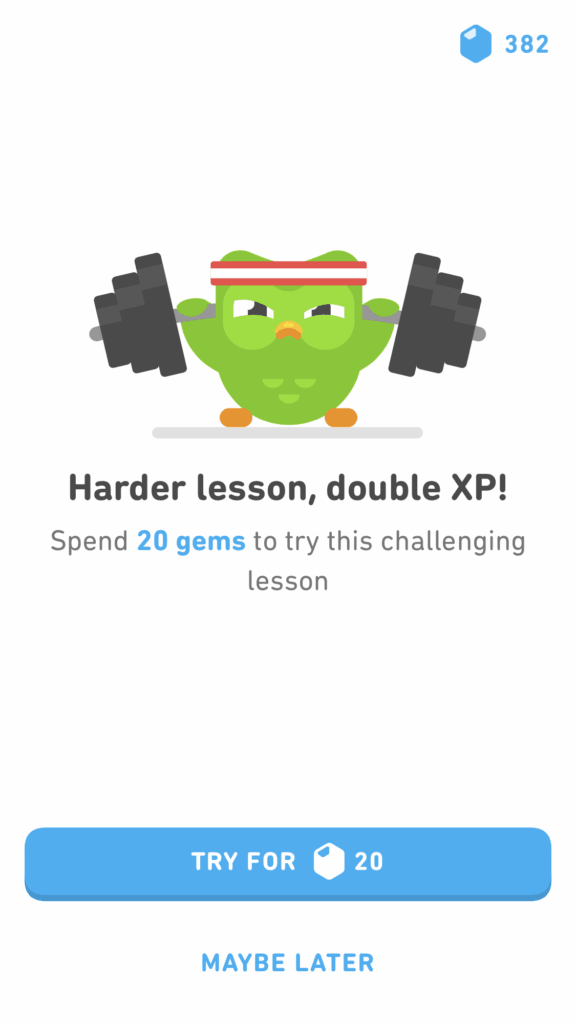
2. Use the Desktop Version
If you have never used Duolingo on Desktop, you’re missing out on a ton of opportunities to earn more XP, get some of the same benefits of Super Duolingo for free, AND make Duolingo more difficult.
On the Desktop version of Duolingo, instead of choosing the autofill words, you can choose to type the answers yourself. You’ll quickly realize how much you were relying on those answers!
You can also do this on the app, but it’s not available for every question.
Want to learn a language quickly and never forget it? Check out this book on Amazon about how to stay fluent in a language over time without losing fluency!
3. Choose to Speak Instead of Type When Available
If you have a question on Duolingo that provides a little blue microphone at the bottom, press that and speak your answer instead of typing.

Not only is it a bit faster, but it could expose some pronunciation issues that you didn’t know you had, and you’ll have to think a bit quicker to get the response out.
For example, French has some tricky pronunciation that I still struggle with, like “tu” versus “tous” or “veux” versus “vous” and often when I speak into the microphone, it lets me know which one I’m actually saying.
Plus, Duolingo doesn’t give a ton of opportunities to actually speak the language, so if you’re trying to make the lessons harder, you should take every opportunity they give you to speak!
4. Choose to Type in Words on the App
Although this isn’t always available, when it comes up, you should switch! There will be a little keyboard emoji under the word bubbles that you normally would click on to answer the question.

However, it seems to be pretty rare that this comes up on the mobile app, especially when you are in the beginning Sections of the course.
In my Spanish course that I’ve finished, it gives me the opportunity to type my answers a lot more frequently.
5. Try to Translate Without Looking
Another way to make Duolingo more difficult is by only reading the sentence that you’re supposed to translate and then either covering up the answer or looking away quickly so that you can try translating without any help.
6. Start a Reverse Path
If you have already completed your Duolingo tree (now called Duolingo Path), try starting a Path in reverse!
This means if you were learning Spanish from English, head to the lessons made for Spanish speakers and take their English course.
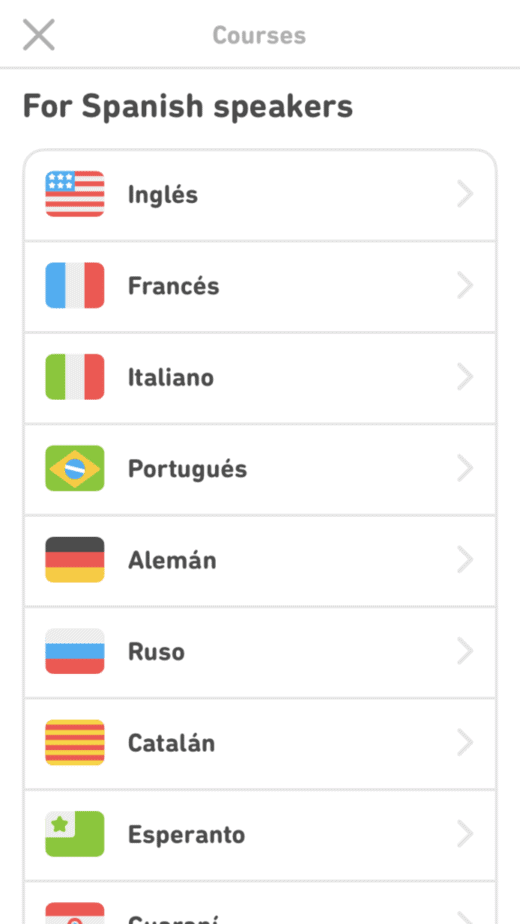
This will definitely challenge what you’ve learned since you’ll be reverse translating and they may also teach you different ways to say things!
If you want to learn a language faster than ever, I also highly recommend reading Benny Lewis’s book on how to learn a language in JUST 3 months.
7. Listen to Duolingo Stories Without Looking
If your language course has Duolingo Stories along the Path, try listening without reading along with the conversation.
You’ll still have to look to answer the questions when prompted, but it will definitely test your listening skills more than just reading along!
8. Try Only Completing Lessons That Advance You on the Path
You may be tempted to continue earning crowns at the top of your tree to make your subject bubbles golden or “Legendary.”
However, if you move along the Path, the lesson topics get progressively more difficult.
For example, at the top of the Spanish Path, you’ll find basic vocabulary and present tense verbs.
But towards the end, you’ll find lessons on the subjunctive tense and the difference between imperfect and preterite past tense verbs.
9. Test out of Easier Levels to Get to Harder Lessons
If you have already learned the basics in the language that you’re learning, you can quickly make Duolingo more difficult by testing out of the easier levels.
Since the harder lessons have to be unlocked, this is the only way to reach them without completing the easier lessons.
Just scroll to the next section on your Duolingo Path and you should see a “Jump Here.”

If you click on that, you will be able to take a test that jumps you to that Unit if you pass! Plus, you’ll earn 50XP (as of now, this will most likely change).
10. Listen to the Duolingo Podcasts
For certain languages, Duolingo has made free podcasts to help with listening comprehension. Right now, they have Spanish and French for English speakers and English for Spanish speakers.
If you’re learning one of those languages, I highly recommend the podcast!

I have listened to a few from French to English and the stories were really interesting and kept my attention even as a beginner/intermediate learner.
11. Stop Clicking on the Hints
When you are taking a lesson, you may notice that some of the words have dots underneath them. This means that if you click on that word, it will show you the translation.
If you have been clicking on those often, avoid using them for a few lessons and I bet you will find Duolingo much harder than before!
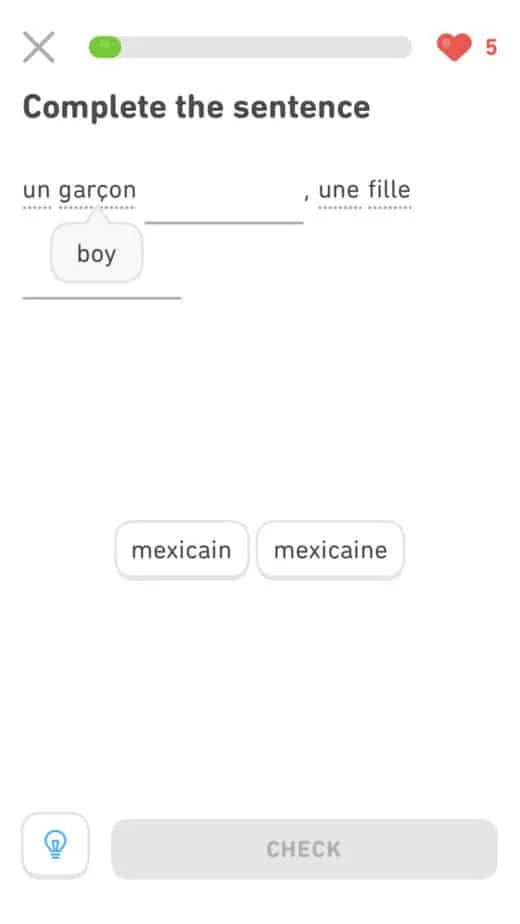
12. Set a Goal to Reach a Certain Amount of XP Per Day
Another way to get more out of Duolingo is to set a goal for the amount of XP that you want to learn or the language level that you want to reach.
If you want to see how much XP you have in just ONE course, you will need to use the Duome website. To do that, you will need to type duome.eu/YOURUSERNAME in Duolingo.
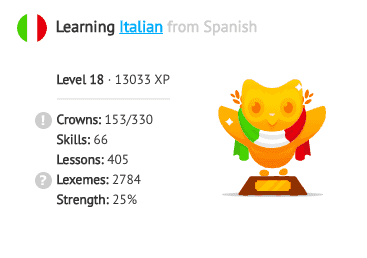
For example, mine is https://duome.eu/dayna255732. From there, you can see all the stats of the course that you are currently on in Duolingo.
You can use this number to set a goal for yourself and complete more lessons than you would normally.
13. Write Down the Words that You Get Wrong the Most Often and Try to Use Them at Home
If you notice that you are frequently forgetting the same words, start writing them down.
Keep a notebook and pen close by while completing your lessons, then try to find a way to use those words in sentences outside of Duolingo.
You can do this by writing out sentences, talking to a friend (even if they don’t speak the language!) or even teaching the words to someone else.
My favorite app to practice chatting online with native speakers is HelloTalk.

It’s free to use but only for one language. If you want to practice more than one language, you’ll have to upgrade to the paid version.
14. Make Duolingo Flashcards
You can also take those words and phrases that you struggle with and turn them into flashcards or post-it notes that you can put around your house items.
Sometimes I find that just writing it down on a flashcard helps me even without studying it afterward!
15. After Using Duolingo, Take an iTalki Class with a Language Tutor
Even though Duolingo is an awesome and free way to learn a language, at a certain point you definitely should be using other resources.
I detail my exact language learning plan here and also my strategy for using Duolingo more efficiently here.
My absolute favorite resource for learning a language (besides Duolingo) is iTalki.
You can find native speakers who will give you conversation lessons one-on-one for around $8-$10 per hour (sometimes lower depending on the language!)
Here are all the reasons you should try iTalki!
16. Or Try Using Memrise Decks
If you want to focus on vocabulary, Memrise is definitely the place to go! After signing up, you can search the courses for ones that are specifically for Duolingo.
These decks include all the vocabulary used on Duolingo.

Although Memrise has an app, I don’t recommend using it. I don’t consider it very user-friendly, so definitely stick to the desktop version.
Language Learning Must-Haves
- iTalki Language Classes: The #1 reason why I’ve been able to learn languages from home. Take conversation classes from a native speaker for only $5-$10 an hour.
- How to Be Fluent Books: Two of my favorite books about language learning have definitely got me super excited about learning a language and I highly recommend reading both!
- Fluent Forever: How to Learn Any Language Fast and Never Forget It
- Fluent in 3 Months: How Anyone at Any Age Can Learn to Speak Any Language from Anywhere in the World
- A Language Planner: Keep track of your scheduled language classes, set language goals, and organize your study schedule with my favorite planner ever.
- Harry Potter in Your Target Language: Reading a beginner book that you’re familiar with is an incredible way to learn vocabulary quickly!
- The Perfect Language Notebook
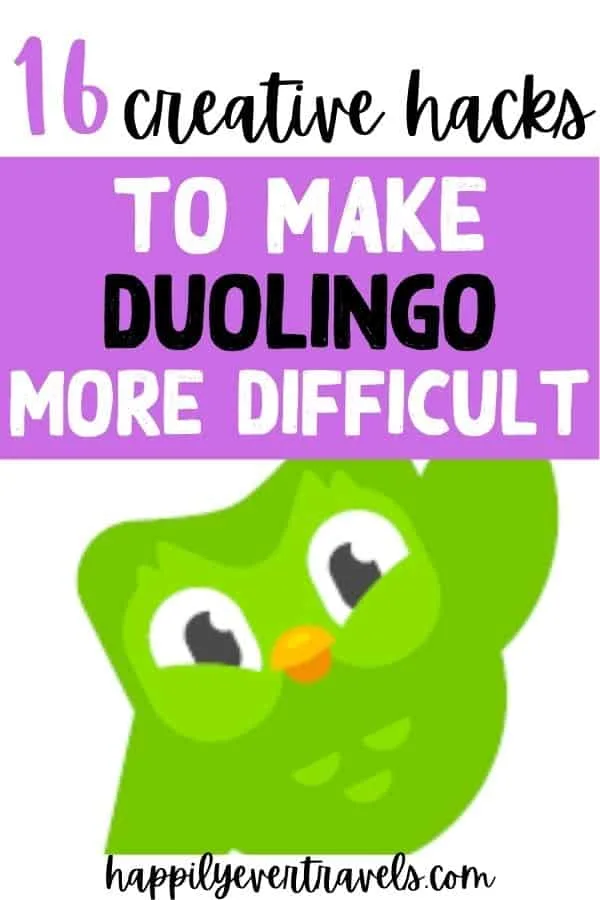

Dayna Brockbank is a travel and language-learning blogger who has lived around the world but has now settled in Nice, France. She speaks 3 languages at varying levels of fluency: Spanish, Italian, and French, and graduated with a Bachelor’s in Spanish Education. She and her husband focus on making travel part of life by living cheaply and traveling on a budget.
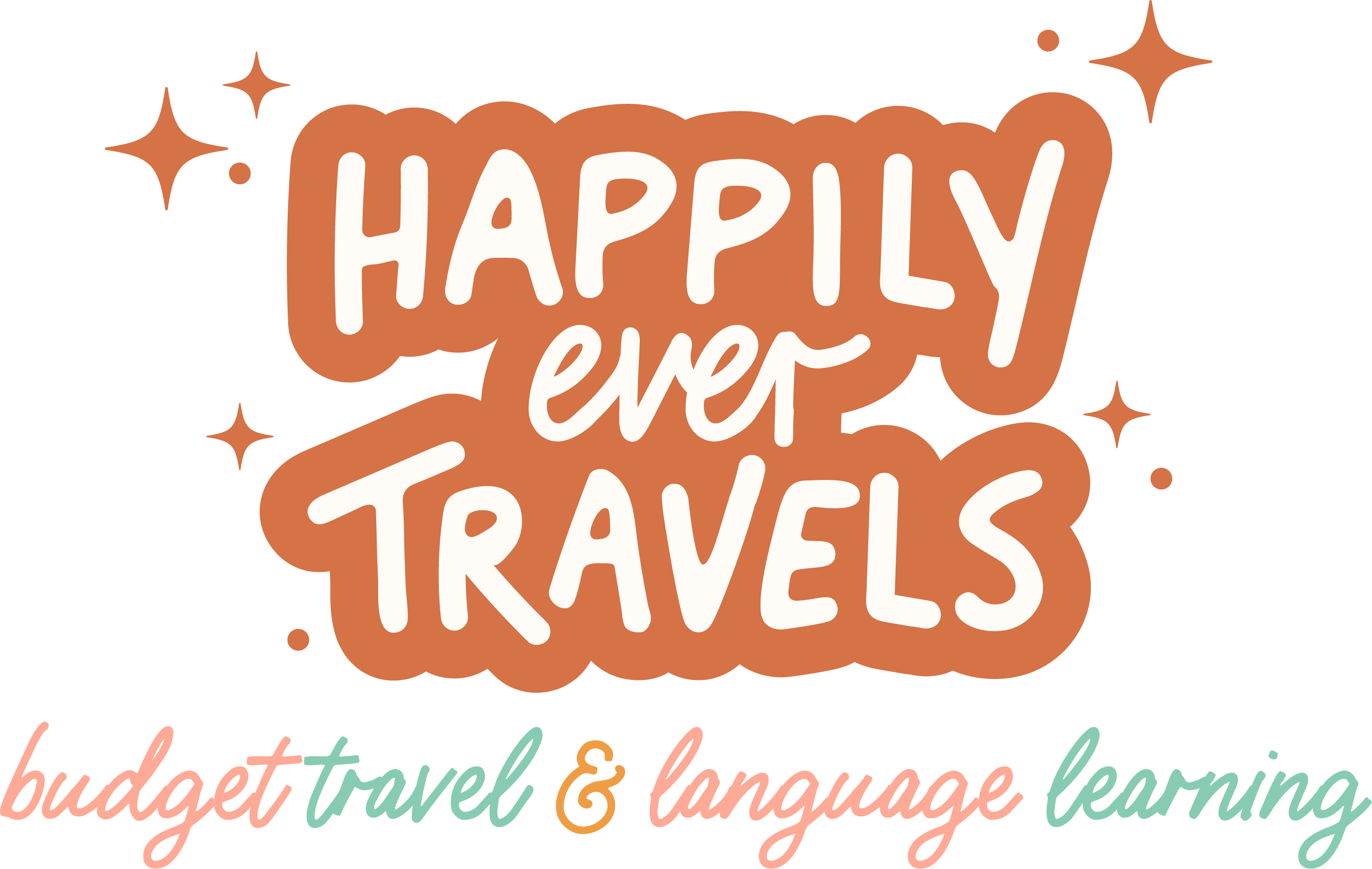
DeAndre
Thursday 13th of May 2021
Nice article!
Susan
Saturday 17th of April 2021
Thanks :) I didn't realize many of these. I took spanish a few decades ago and wanted to re-learn it...